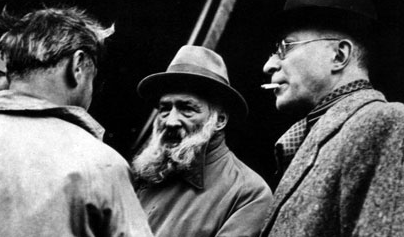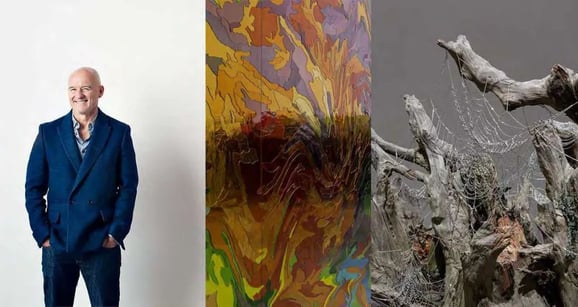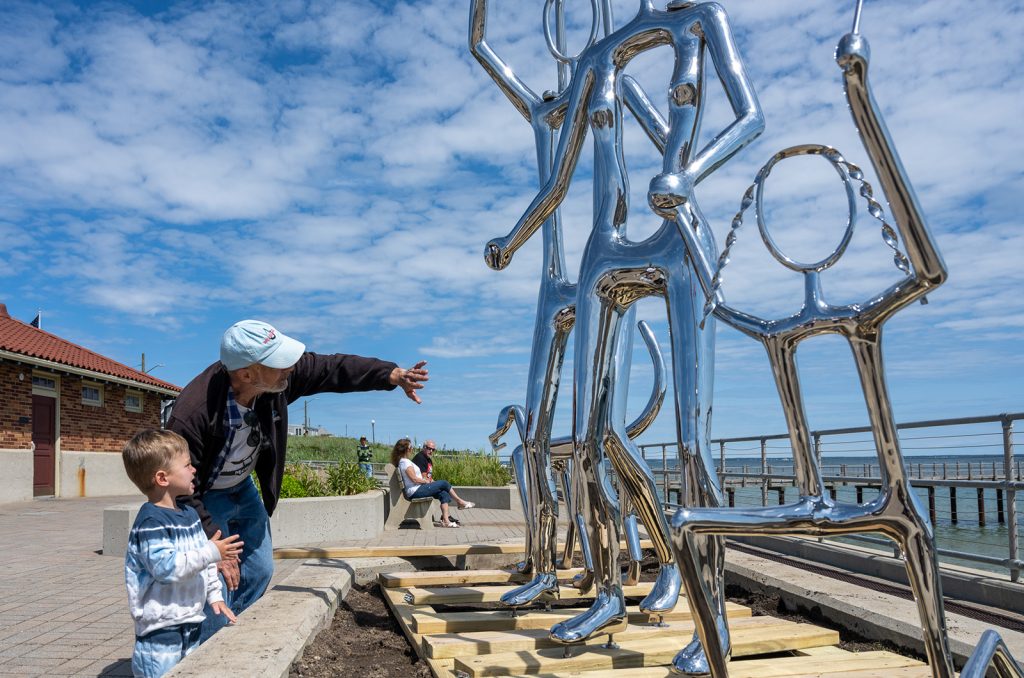Title: Exploring the Legacies of Auguste Rodin and Constantin Brancusi
Introduction
The artistic journey from realism to abstraction in the late 19th and early 20th centuries was marked by influential figures like Auguste Rodin and Constantin Brancusi. Both artists made significant contributions to sculpture, yet their approaches diverged, offering a fascinating study in contrasts. Understanding their legacies helps us appreciate the evolution of modern art.
The Visionary of Form: Auguste Rodin
Auguste Rodin is often celebrated as a pioneer who redefined the realm of sculpture. His masterpieces, such as “The Thinker” and “The Kiss,” showcase his ability to convey human emotion and experience through intricate detail and expressive forms. Rodin emphasized the importance of capturing movement and fluidity, often leaving surfaces deliberately unfinished to suggest the ongoing process of creation. His work not only breaks from traditional sculptural norms but also offers deep insight into the human condition, making his contributions timeless and universally relevant.
Breaking Boundaries: Constantin Brancusi
In stark contrast to Rodin, Constantin Brancusi focused on simplifying form to reach a purer expression of ideas. Brancusi’s sculptures, such as “Bird in Space” and “The Kiss,” exemplify his belief that art should transcend literal representation. By utilizing smooth lines and abstract shapes, he opened the door to modernism and laid the groundwork for future avant-garde movements. His work emphasized the essence of the subject rather than its physical characteristics, prompting viewers to engage in a deeper contemplation of form and meaning.
The Dialogue Between Two Giants
The relationship between Rodin and Brancusi is particularly intriguing, as Brancusi was influenced by Rodin’s techniques but sought to move beyond them. Where Rodin’s detailed realism invites viewers to dwell in human emotion, Brancusi encourages a more expansive interpretation, urging us to consider the fundamental aspects of existence. This conversation between their styles illustrates the broader evolution of art in the early 20th century, characterized by a shift from representational to abstract ideas, marking a significant cultural transformation.
Conclusion
The legacies of Auguste Rodin and Constantin Brancusi continue to resonate in the world of art today. Their distinctive approaches highlight the diverse pathways artists can take in exploring form and emotion. To dive deeper into their works and methodologies, consider visiting local museums or browsing online art collections. Understanding these artists not only enriches our appreciation of their masterpieces but also invites us to reflect on how art shapes our understanding of life itself.


